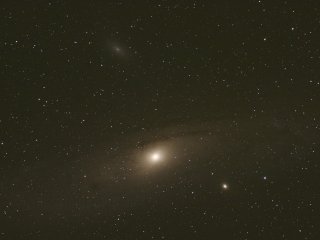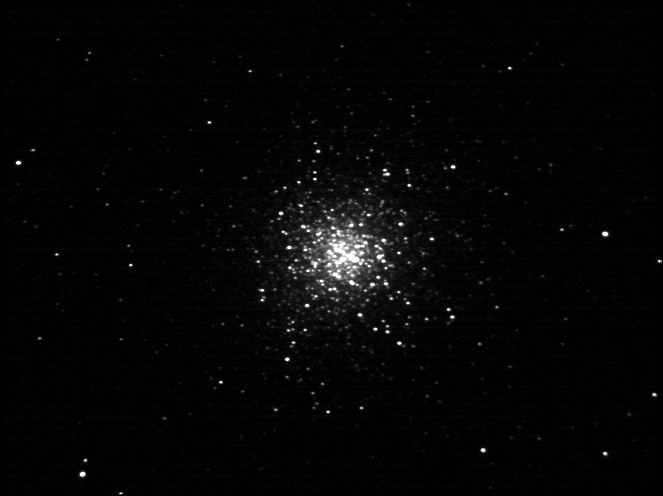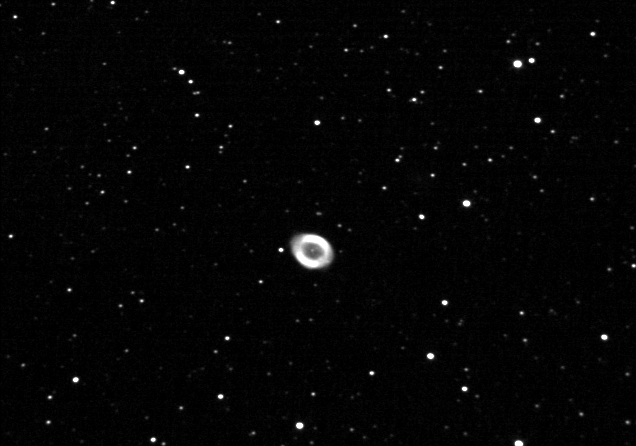|
It is possible to guide the telescope mount manually, by keeping
the selected star in the crosshair of the guiding eyepiece. But better
results can be obtained by using of automatic guider. Autoguider does
not get tired, detects also very faint stars and performs mount
tracking corrections very exactly.
The G1 cameras were designed to operate without any mechanically
moving parts (with the exception of magnetically levitating fan).
Absence of mechanical shutter requires e.g. covering of the telescope
when you take dark frame on the one side, on the other side electronic
shutter allows extremely short exposures and also obtaining thousands
of images in a short time, which is necessary for quality guiding. CCD
chips used in G1 cameras are sensitive enough to capture even a faint
stars within few seconds. The limiting magnitude of G1 cameras is much
higher compared to sensitive TV or Web cameras.
G1 series cameras are very lighweight and compact G1 cameras work in connection with a host computer (PC). Guiding
corrections are not calculated in the G1 camera itself, it only sends
acquired images to the PC. The software running on the PC calculates
the difference from required state and sends the mount appropriate
corrections. These corrections can be sent using PC-to-mount link,
more accurate guiding can be achieved using so called
“Autoguider” port. This port become de-facto standard and G1
cameras have connector conforming to this standard. It is enough to
connect the G1 camera and the mount using 6-wire cable and guide the
mount through the G1 camera.

Single 4 minutes long exposure of M31 by Nuccio D'Angelo,
autoguided with G1-0300 Exposure taken by Nuccio D'Angelo. The image was not
processed.
Exposure: 4 minutes (single frame). Camera: Canon EOS 20Da. mount: Orion Atlas EQ-GOTO, ST4 standard autoguider
port. Telescope: Astrophysics Starfire 4" APO refractor, f/6
reduced with William Optics 0.8x compressor. Guider scope: 100 mm f/9 Orion
ED refractor. Guider: G1-0300, Single Star Match.
The G1 cameras can also work as simple imaging cameras. The
following images show s few very well known deep-sky objects
imaged by the G1-0300 camera and 20cm, f/4 Newtonian telescope. Images
were created by stacking of 10 exposures, each only 10 s long. Total exposure time was only 100 s.

M13 Globular Cluster 
M57 Ring Nebula G1 cameras can work as entrance ticket to the world of astronomical
photography. They can provide the first experience with digital
imaging, later they can work as powerful and reliable guider camera
for bigger cooled CCD camera or digital SLR camera.
| 